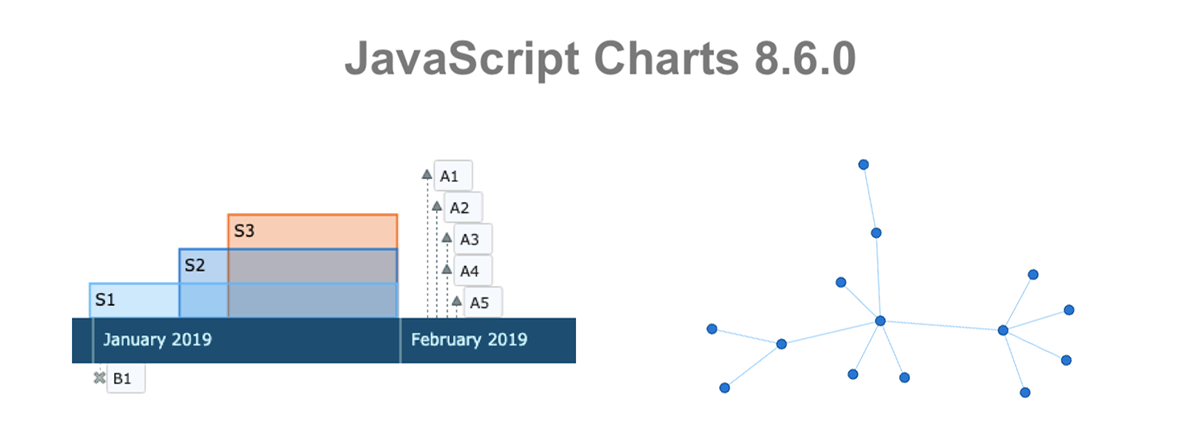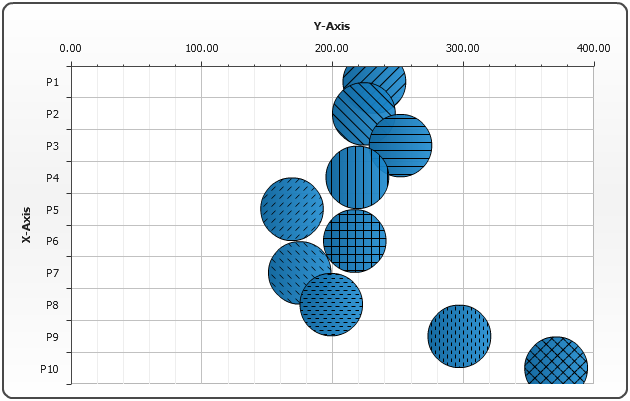


Sara drops some serious knowledge in that article and it's definitely worth reading the whole thing. Often something else is required (such as an integer). As for the max steps, for anygraph G, forestsearchrequires O(V. Points are represented as nodes (vertices) that. Mean (left) and max (right) steps in visiting all the nodes In every model. SVGs and how they scaleįor a very thorough (and highly recommended!) explanation, check out Sara Soueidan's article Understanding SVG Coordinate Systems and Transformations (Part 1) - The viewport, viewBox, and preserveAspectRatio. The chart node in node-red-dashboard uses time as the X-axis. A network graph is a mathematical visualization that is used to model pairwise relations between points. Grab a copy of the function, use it where you need it, and go on about your life. v-network-graph is an interactive SVG based network-graph visualization component for Vue 3, built with TypeScript. In most scenarios you won't need to alter the function or understand its inner workings. If you don't care how this works you can stop reading here, and that's actually a valid choice. = "chart_data.json" = "chart_data.No really, that's it! That will call the function and pass the SVG selection to it, and then responsivefy handles the rest! Don't believe me? Check out this CodePen and a preview of a perfectly scaling column chart! We can also make the chart load external data using dataSource. We assign the data to chart's data property: chart.data = [ Sankey diagram, just like most charts, use an array of objects as the data. An圜hart NodeJS module provides an easy way to generate SVG, JPG and PNG images of the charts on the server side. }, "chartdiv", am4charts.SankeyDiagram) Data Then pass the instance of the class created by this method to a chart. Var chart = am4core.create("chartdiv", am4charts.SankeyDiagram) var treeData (data, 'as-tree') var treeData (data, 'as-table') If your data is a CSV string, you should pass a CSV mapping object as the second parameter. (or am4core.createFromConfig() if you are using JSON-based config approach) let chart = am4core.create("chartdiv", am4charts.SankeyDiagram)
Creating chart instanceįor that we're going to be using am4core.create() function. We have two defined regions - England and Scotland, we could color them just the same way - settingWe'll be importing and referring these as am4core and am4charts in the course of this article, and overally in our demos and tutorials. import * as am4core from * as am4charts from Script loading instructions for JavaScriptįor a Sankey diagram, we'll need to import core (main module) and charts modules.Module loading instructions for TypeScript or ES6.Please refer to our Getting started articles for more details:
#Anychart node graph how to#
This article explains how to create a basic Network Graph as well as configure settings that are specific to the type. Points are represented as nodes (vertices) that are linked by lines (edges). Needless to say, before you can use modules/objects, you need to make sure all required modules (in TypeScript), or files (in JavaScript) are imported. A network graph is a mathematical visualization that is used to model pairwise relations between points. To create one you will only need two things: Sankey diagrams is probably the easiest chart type to create.

Links - a connection that carries certain value from one Node to another, represented by objects of type SankeyLink.Ī value of a Node is a sum of incoming or outgoing Link values, connected to it.Nodes - static blocks with a name, represented by objects of type SankeyNode.Elements of the diagramīefore we begin, let's establish some terminology.Ī diagram consists of two types of elements: This article will walk you through creating these beautiful and informative charts.

Sankey diagram ( wiki) is a special kind of chart type, used to depict branched, multi-level flows of values.


 0 kommentar(er)
0 kommentar(er)
